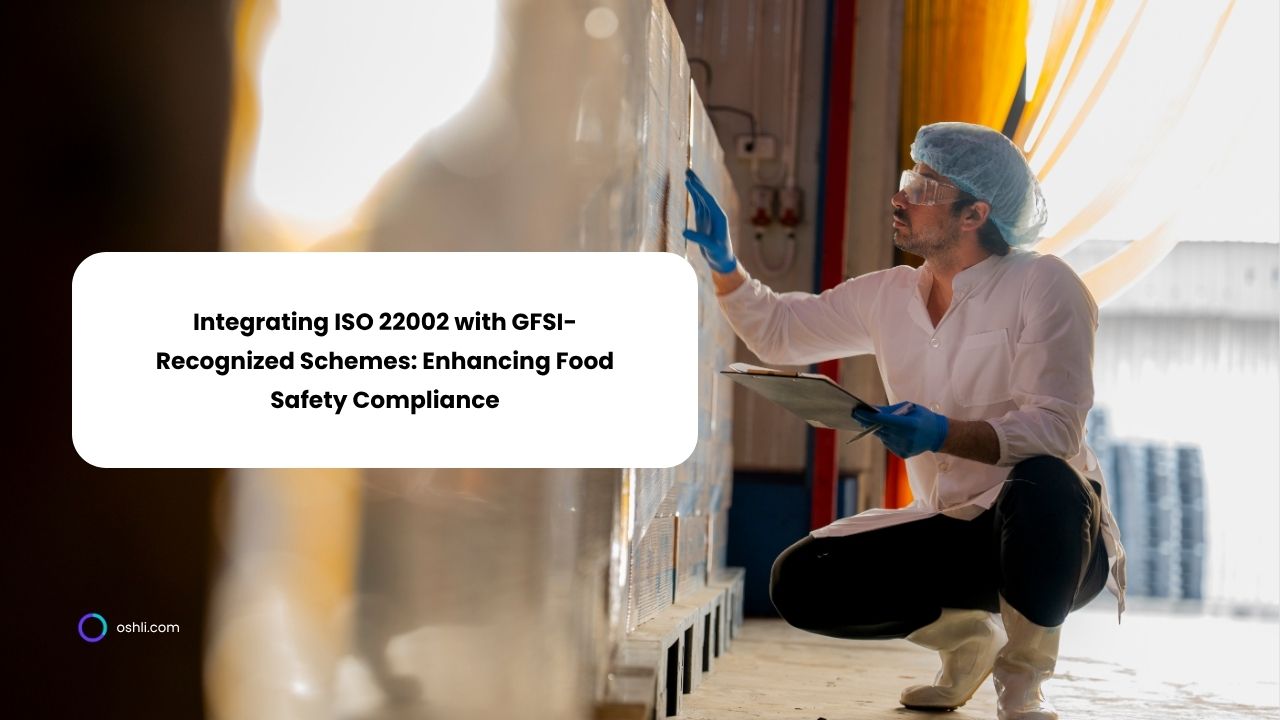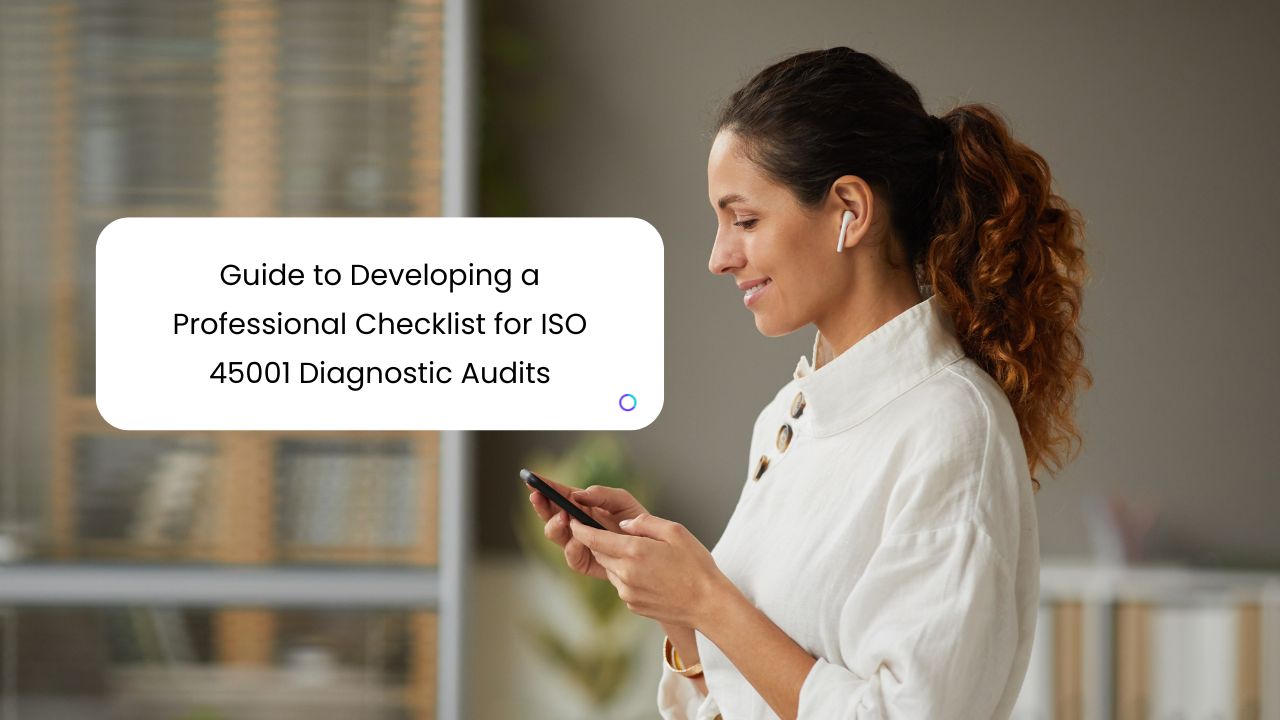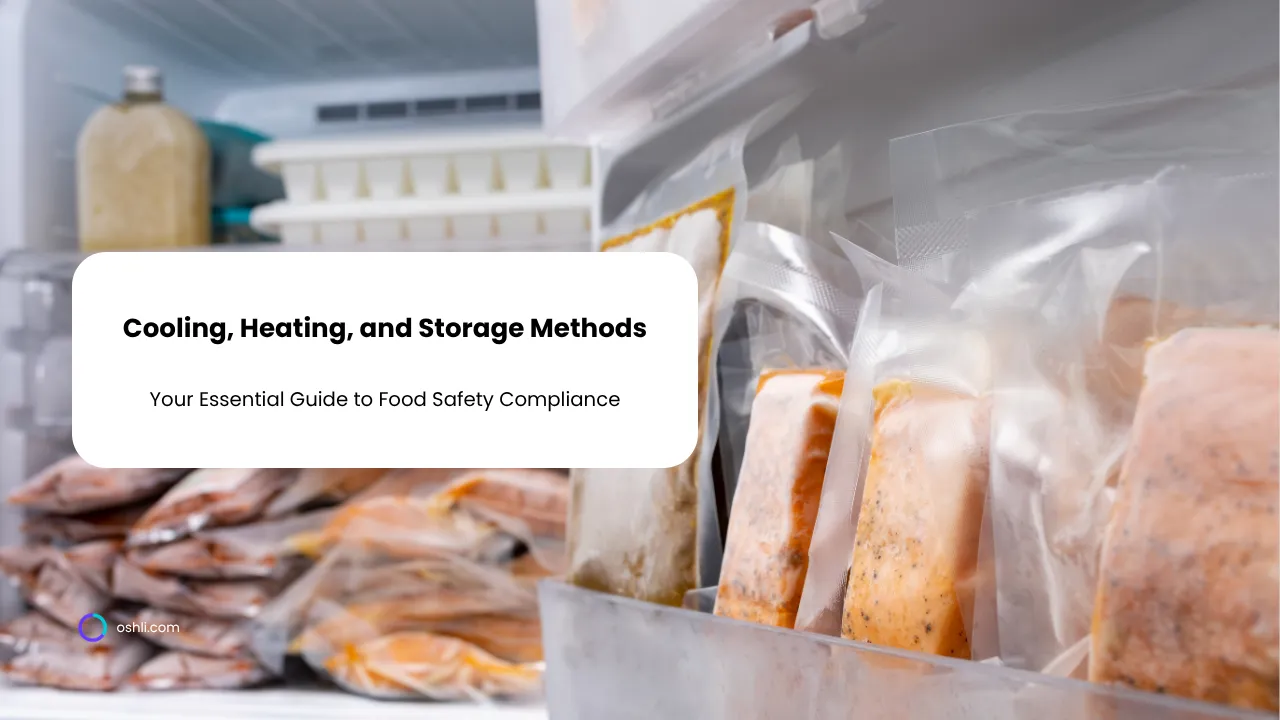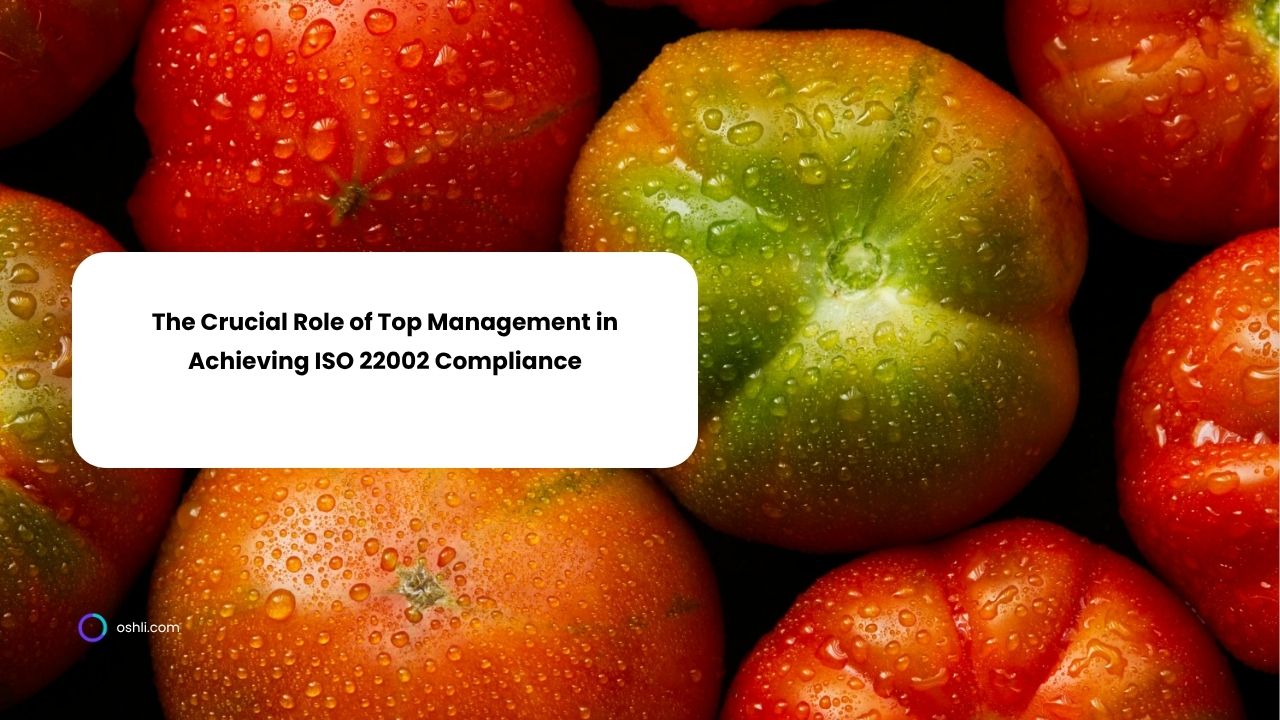
Integrating ISO 22002 with GFSI-Recognized Schemes: A Path to Robust Food Safety
In the ever-evolving landscape of food safety, organizations worldwide are seeking ways to harmonize standards for efficiency and excellence. Can ISO 22002, the international standard for prerequisite programs (PRPs) on food safety, be integrated with GFSI-recognized schemes like BRCGS, SQF, or FSSC 22000? Absolutely—and it's a smart move for streamlining compliance, reducing costs, and fortifying your supply chain.
Why Integration Matters for Food Safety Standards
ISO 22002 provides a flexible framework for PRPs across sectors, from manufacturing to retail. GFSI (Global Food Safety Initiative) schemes, on the other hand, offer audited, benchmarked certifications that assure buyers of consistent safety practices. Integrating them isn't just possible; it's encouraged. This synergy aligns ISO 22002's PRP requirements—such as hygiene controls, pest management, and facility design—with GFSI's holistic approach, covering HACCP, risk assessment, and continuous improvement.
Key benefits include: - Reduced Audit Fatigue: One integrated system means fewer overlapping audits, saving time and resources. - Enhanced Supply Chain Compliance: Seamless data sharing ensures traceability from farm to fork. - Global Recognition: GFSI benchmarking elevates ISO 22002's credibility for international trade.
Steps to Seamless ISO 22002 and GFSI Integration
-
Gap Analysis: Start with a thorough review. Map ISO 22002's PRP clauses against your chosen GFSI scheme (e.g., BRCGS Issue 9's PRP sections). Identify overlaps in areas like allergen control and supplier verification.
-
Customized PRP Development: Tailor ISO 22002 PRPs to GFSI requirements. For instance, incorporate SQF's emphasis on environmental monitoring into your pest control protocols.
-
Training and Documentation: Train teams on integrated procedures. Use digital tools for unified documentation, ensuring real-time updates for compliance.
-
Certification and Verification: Pursue GFSI audit while leveraging ISO 22002 as your PRP foundation. Regular internal audits maintain alignment.
Real-World Examples of Successful Integration
A leading dairy processor integrated ISO 22002-1 with FSSC 22000, resulting in a 25% drop in non-conformities and faster market access in Europe. Similarly, a packaging firm blended ISO 22002-4 with BRCGS, enhancing smart packaging traceability amid rising consumer demands for transparency.
In 2025, with AI-driven risk prediction on the rise, this integration positions your business ahead—ensuring not just compliance, but proactive food safety excellence.
Ready to integrate? Consult certified experts to unlock the full potential of ISO 22002 and GFSI for your operations. Your supply chain—and customers—will thank you!
Join our newsletter!
Enter your email to receive our latest news.
Don't worry, we don't spam
Related Articles

Guide to Developing a Professional Checklist for ISO 45001 Diagnostic Audits
The ISO 45001 standard establishes a framework for Occupational Health and Safety Management Systems (OHSMS), aiming to enhance employee safety, reduce workplace risks, and create safer working conditions. A diagnostic audit aligned with ISO 45001 is a proactive approach that allows organizations to assess current compliance, identify weaknesses, and prioritize improvements. Central to this process is a professionally structured checklist that ensures consistency, accuracy, and depth in audit execution.

Cooling, Heating, and Storage Methods: Your Essential Guide
Discover how to create a cooling, heating, and storage methods template to ensure food safety, meet compliance, and optimize temperature control with free templates.

The Crucial Role of Top Management in Achieving ISO 22002 Compliance
Explore how top management's leadership drives ISO 22002 compliance, ensuring robust food safety management through commitment, policy, and oversight.


